Jamie Maitland, Certified Holistic Nutritionist, Elite Fitness Instructor, and Multidimensional Health Coach, has made a career out of helping people achieve their diet and fitness goals. Based out of Fort Lauderdale, Florida, the 38-year-old is living, breathing proof that maintaining a healthy lifestyle will help keep you in the best possible shape. In a recent interview with Body Network, she shared some of her personal health habits, including everything she eats in a day.
Health is a 24-Hour Job, She Says
Jamie, founder of The Office Health and The Office 954 and author of The 21 Day Reset Cookbook, started her fitness career in 2015 by co-founding Fort Lauderdale’s first and largest indoor cycling studio. “That quickly snowballed into a love for teaching and motivating people through fitness, and in 2019, I opened a new unique fitness concept called The Office 954,” she tells us.
“For an hour, people were with me at the studio, and that was the easy part,” she admits. “It was the other 23 hours in the day that I was interested in, which led to furthering education in not just fitness but nutrition and all-around health and wellness. Motivating and inspiring people is what I do best, and it only made sense to combine my two worlds of fitness and nutrition. To this day, I still own and teach at my studio and have also created a health & wellness company that offers the highest quality organic food products, premium supplements, and luxury retreat experiences.”
RELATED: I'm a Nutrition Pro: This 28-Day Walking Routine Burns More Fat Than Cardio
Here Is What She Eats in a Day
When it comes to her diet, Jamie is “all about balance, which is something you create,” she says. “Typically, my day starts with water followed by a pea size scoop of Shilajit (A substance that emerges from the crevices of high mountain ranges in Asia, rich in vitamins, minerals, essential fatty acids, and amino acids) taken on an empty stomach with a cup of coffee.
I’m not much of a breakfast person so lunch is usually my biggest meal which might consist of grass fed grass finished filet or organic corn and soy free chicken with some sort of kitchen sink salad (chopped roasted asparagus, chopped Romaine, scallions, 3 chopped egg white, 1/4 avocado, red onion, endive and peeled & deseed cubed cucumber— all organic ingredients—homemade dressing),” she says.
“If I need something sweet, my chocolate espresso protein muffins have changed my world (lol) and hit the spot! I usually have about 2 of those. Later, after my workout, I will have a 2-scoop protein shake.”
Dinner is her “lightest meal,” consisting of sliced chicken breast or seafood with a roasted vegetable, “sometimes only protein,” she explains. “I am a weird eater and live by this saying ‘your food doesn’t need to make sense to anyone but you!’ Another rule of thumb: I don’t eat past 8 pm.”
She Is a “Qualitarian”
Jamie stresses the importance of hydration. She drinks “at least a gallon” of water per day. “Water is life!” she explains.
“I eat what makes me feel my best. I don’t label myself anything, but if I had to, I would label myself a Qualitarian,” Jamie says. “Quality absolutely matters. You are what you ate, ate— and everything comes from somewhere, know the source. My eating style is designed around the health of my gut. I do my best to stay in tune with what works best for me, and I preach this to my clients. What makes sense to me might not make sense to you. Personally, I prioritize quality protein, healthy fats, and the time that I eat.” In total, she consumes “at least 120-130 grams of protein per day.”
RELATED: I Lost Over 250 Pounds And These Are 11 Habits That Transformed My Body
Top 3 Diet Rules
Here are Jamie’s top 3 diet rules:
- Know your body better than anyone. It’s yours to learn!
- You don’t need as much food as you think you do. Culture, unfortunately, promotes indulgence; stay conscious, use your brain— and design your life how you see it, not the other way around.
- What you stop eating might have a bigger impact than what you start eating.
Here Are Her Essentials
Jamie takes supplements, “but only essentials,” she says. “Everyone is very different, and if you really want to know what you're deficient in, get your blood work done.” The supplements she thinks are essential “that mostly everyone should take” are:
1) Liposomal Vitamin C
2) Vitamin D3 +K2
3) Magnesium L Threonate (magtein)
4) Wild Caught Krill Oil
5) Liver organ complex
6) Grass-fed/grass-finished protein powder
These Are Her Favorite Workouts
Jamie maintains variety with exercise. “Switching up my workouts is what works best for me; I find it mentally stimulating, and on a personal level, I feel and see the best results from diversity,” she tells us. “I love horseback riding and definitely consider that a full-body workout. I don’t ride as much as I would like, but when I do, I love it! Rollerblading is also one of my favorite workouts. I love a good barre and pilates class; lifting weights is a must for me at least 3x a week, and I’ve recently gotten into sprinting, which has been a game changer.”
RELATED: 10 Safe Weight Loss Tips from Fitness Guru Jillian Michaels to Shed Pounds Fast
Top 3 Fitness Rules
Here are Jamie’s top 3 fitness rules:
- If you have access to a floor, you can get a workout in, we’re born to move—prioritize daily movement.
- Don’t underestimate the power of walking, consistently.
- Just like your food, your workouts don’t need to make sense to anyone but you.
Sleep and Meditation Are Also Key
Other important health habits, per Jamie, are sleep and meditation. “Good sleep is extremely important and, fortunately, has not ever been a problem for me. Meditation in my opinion is very personal,” she says. “I believe there are many different forms of it and there is no wrong way to meditate.” For example, Rollerblading is one of her forms of meditation. “Believe it or not, I come up with my best ideas when skating and also can get into an intense mental flow state. One could argue that this isn’t meditation but what you believe is your reality,” she says.
And, Don’t Forget to Set Boundaries
“Setting boundaries is an underrated health habit that I find important. When I host my 21 Day Resets this is definitely a subject that comes up quite a bit. So often people spread themselves too thin by saying ‘yes’ to everything or putting others first instead of themselves. Healthy boundaries are necessary,” she says.
RELATED: The 3-Step Secret to Perfect Push-Ups (Even If You Can't Do One Now)
Lymphatic Drainage
Another self-care ritual Jamie swears by is lymphatic drainage. “I frequently get gua sha facials and recently just started adding in full body Brazilian manual lymphatic drainage. If you’ve never done either, do yourself a favor and try adding these rituals into your self care routine! I promise you will feel amazing,” she suggests.
You can find more tips on Jamie's personal Instagram account, or you can follow her on The Office Health or The Office 954. And if you enjoyed this article, take advantage of these 15 Quick Ways to Lose Body Fat Percentage in a Week.














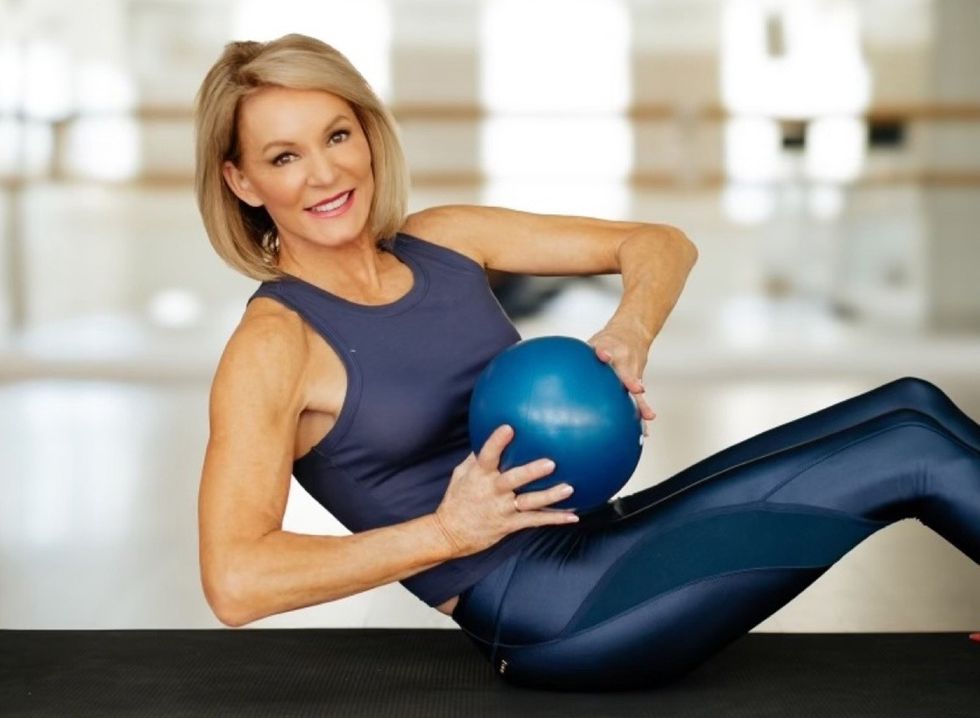 Liz Hilliard
Liz Hilliard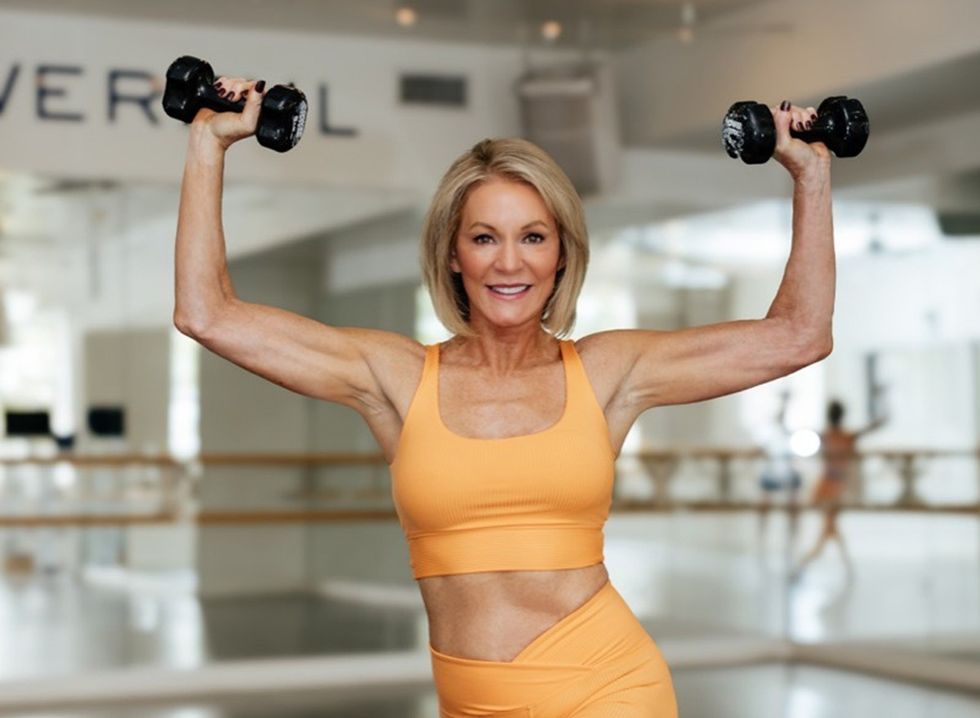 Liz Hilliard
Liz Hilliard Liz Hilliard
Liz Hilliard Shutterstock
Shutterstock Liz Hilliard
Liz Hilliard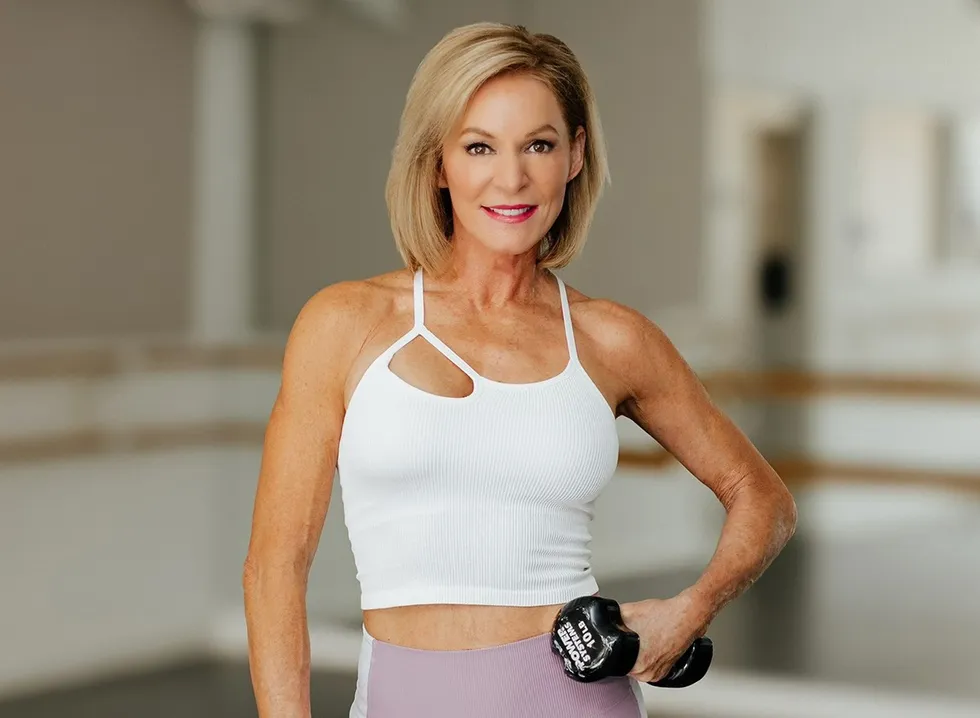 Liz Hilliard
Liz Hilliard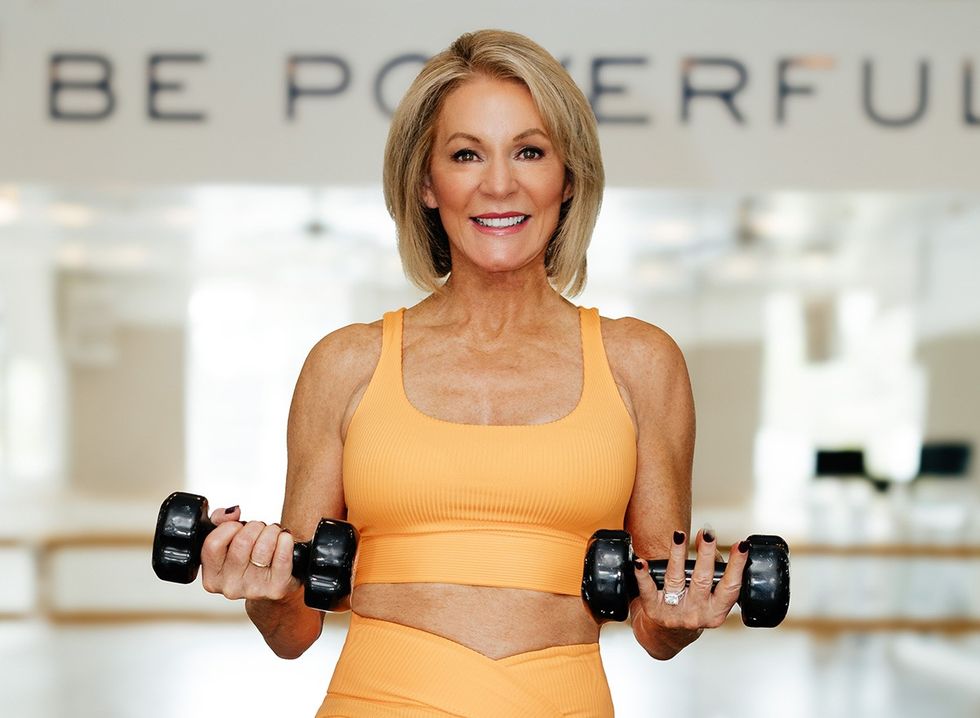 Liz Hilliard
Liz Hilliard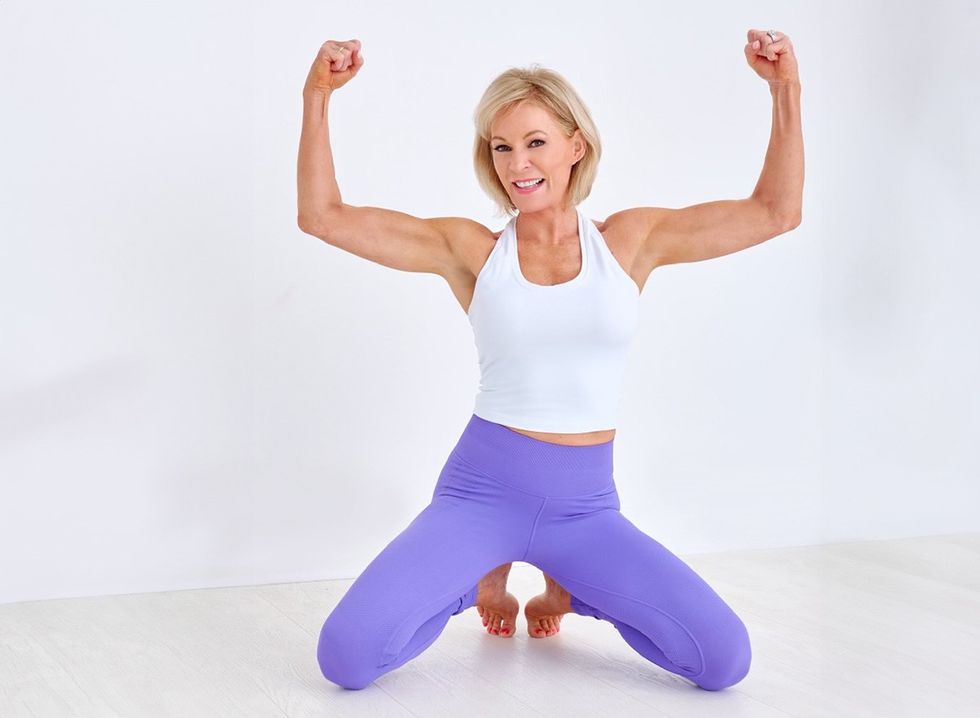 Liz Hilliard
Liz Hilliard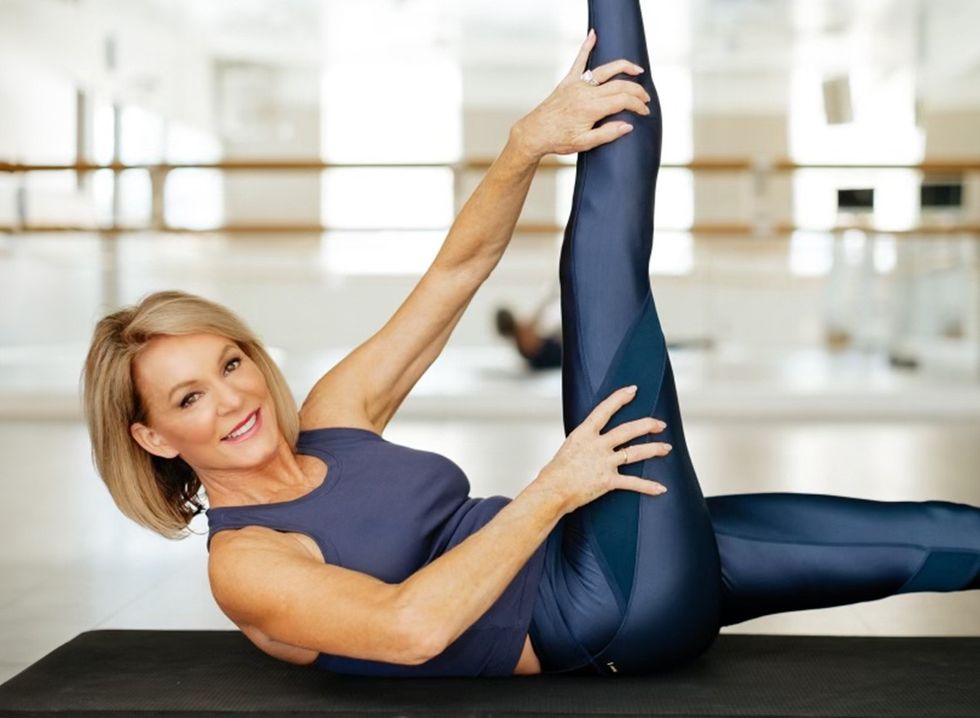 Liz Hilliard
Liz Hilliard Shutterstock
Shutterstock

 Shutterstock
Shutterstock Shutterstock
Shutterstock Shutterstock
Shutterstock Shutterstock
Shutterstock Shutterstock
Shutterstock Shutterstock
Shutterstock Shutterstock
Shutterstock Shutterstock
Shutterstock Shutterstock
Shutterstock Shutterstock
Shutterstock Shutterstock
Shutterstock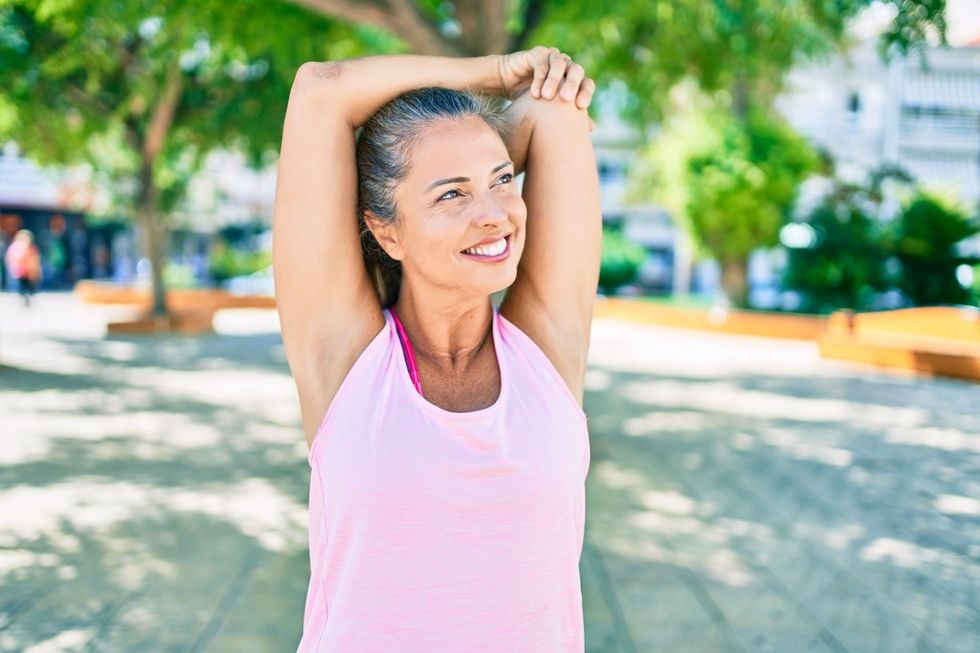 Shutterstock
Shutterstock Shutterstock
Shutterstock
 Bloating and SwellingShutterstock
Bloating and SwellingShutterstock Shutterstock
Shutterstock Shutterstock
Shutterstock

 I'm a Nutritionist and These 9 High-Protein Snacks Keep My Clients Full While Losing 50 Pounds
I'm a Nutritionist and These 9 High-Protein Snacks Keep My Clients Full While Losing 50 Pounds
 Shutterstock
Shutterstock 2. Processed FoodsShutterstock
2. Processed FoodsShutterstock Shutterstock
Shutterstock Shutterstock/Prostock-studio
Shutterstock/Prostock-studio Shutterstock
Shutterstock Pro TipsShutterstock
Pro TipsShutterstock Shutterstock
Shutterstock Shutterstock
Shutterstock Shutterstock
Shutterstock Shutterstock
Shutterstock Don’t Drink as Much AlcoholShutterstock
Don’t Drink as Much AlcoholShutterstock Most Women on GLP-1s Are Making a Few Common MistakesShutterstock
Most Women on GLP-1s Are Making a Few Common MistakesShutterstock Soda and Sugary DrinksShutterstock
Soda and Sugary DrinksShutterstock Shutterstock
Shutterstock Eat BreakfastShutterstock
Eat BreakfastShutterstock And Improve Insulin SensitivityShutterstock
And Improve Insulin SensitivityShutterstock Belly Flab Strip Tip: Sugar and Fat Calories Leave Its Mark on Your BodyShutterstock
Belly Flab Strip Tip: Sugar and Fat Calories Leave Its Mark on Your BodyShutterstock Shutterstock
Shutterstock The Drugs Mimic the GLP-1 Hormone Naturally Produced by the BodyShutterstock
The Drugs Mimic the GLP-1 Hormone Naturally Produced by the BodyShutterstock 3. Deep-Fried ItemsShutterstock
3. Deep-Fried ItemsShutterstock